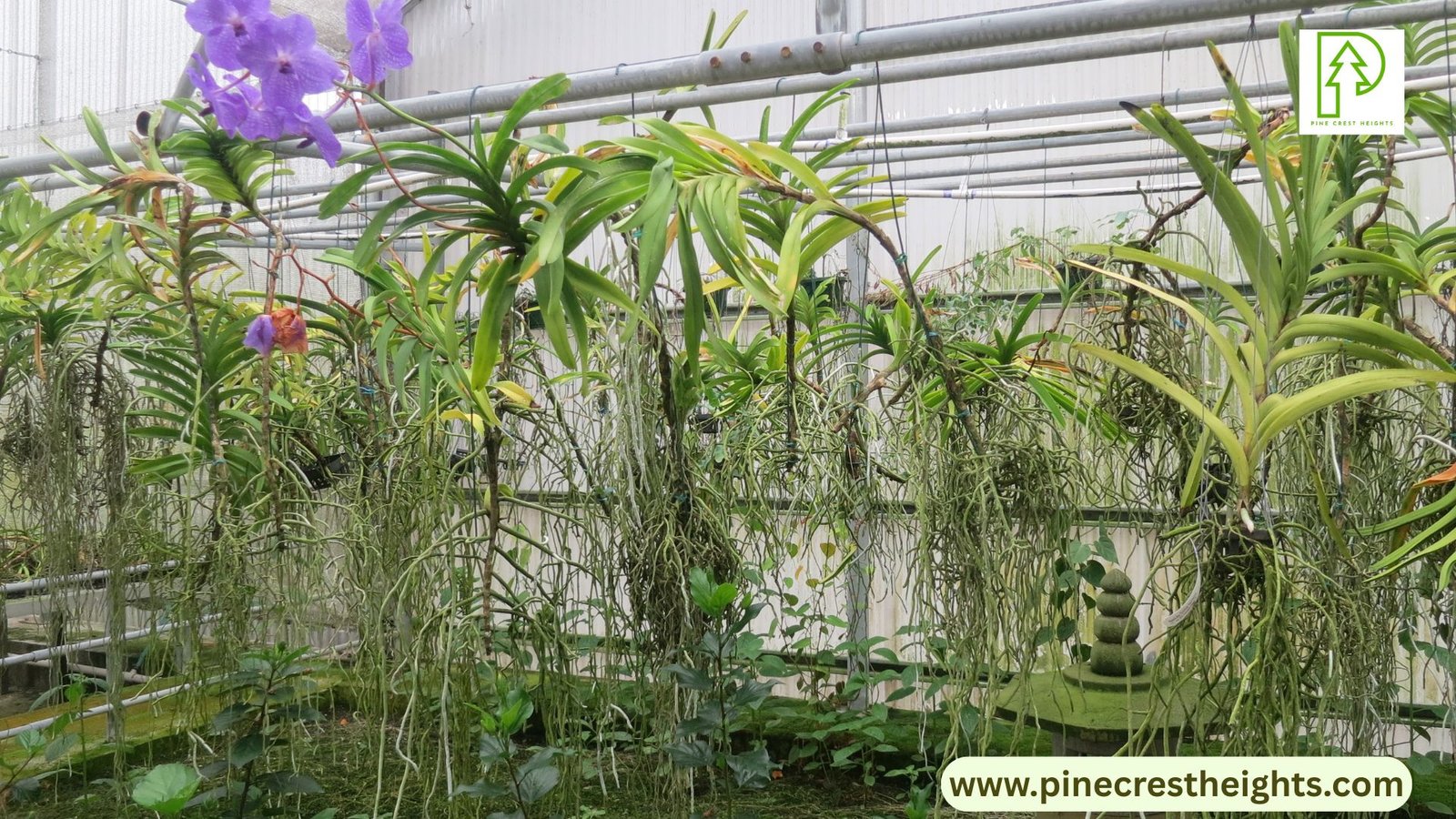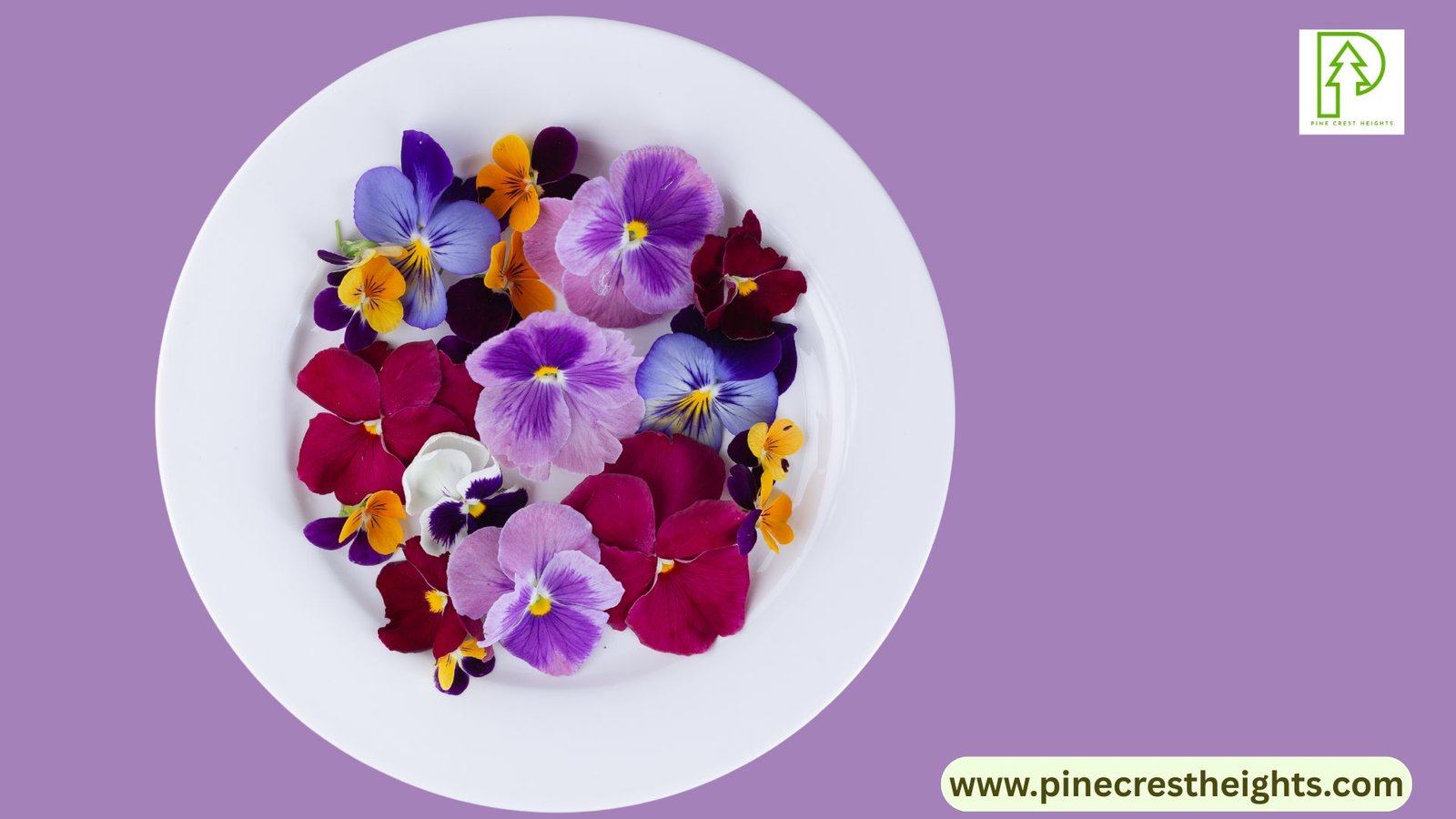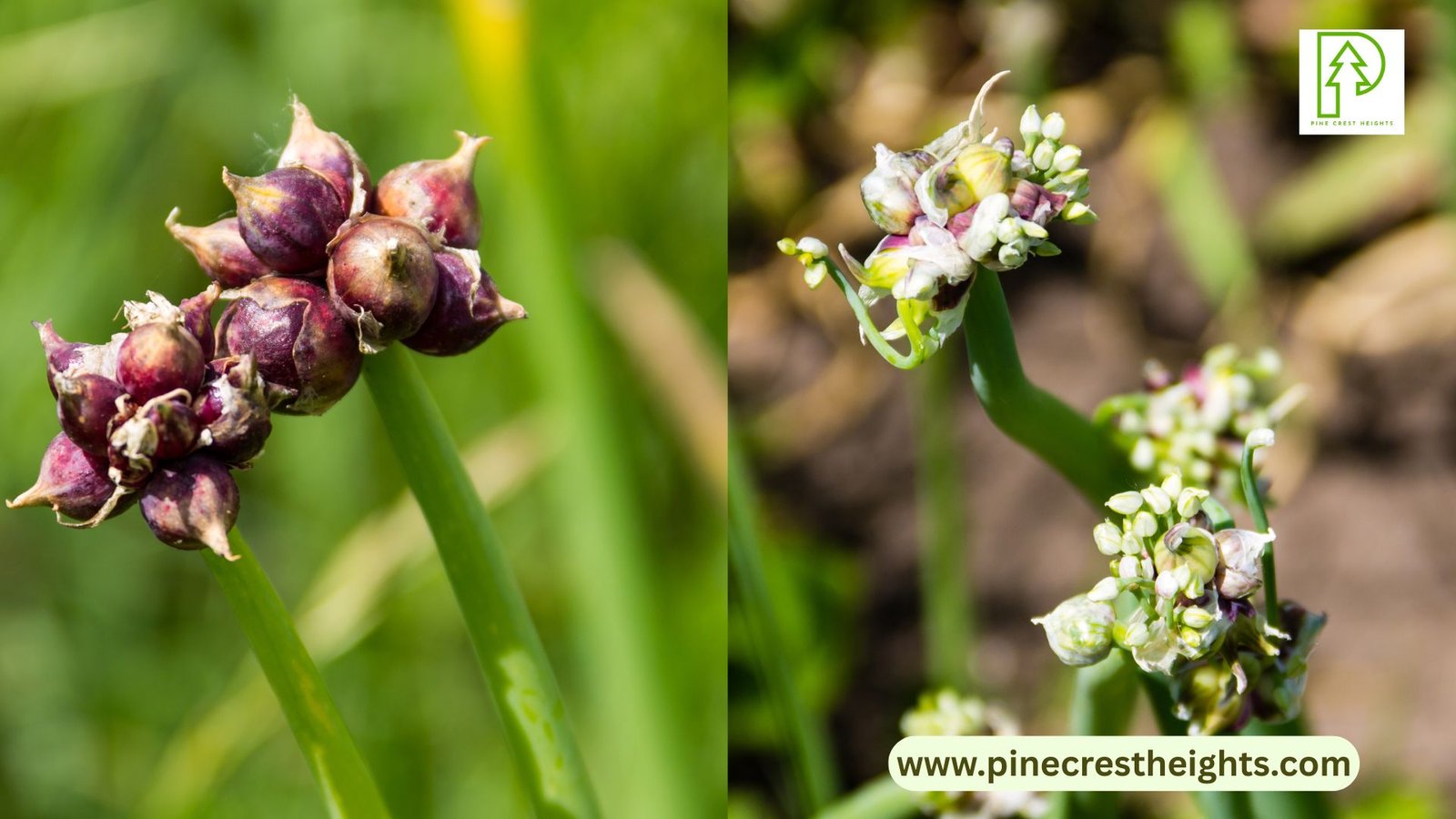
When it comes to gardening, I would like to call myself part garden enthusiast and part bounty hunter. By bounty hunter, I mean one who enjoys the flamboyant beauty of plants like basil, mint, and other herbs, and also benefits from them for their edible qualities. Therefore, in keeping with my spirit, I have planted Dendrobium orchids that are surprisingly edible, with a crisp flavor somewhere between kale and cucumber. Whether I am decorating cakes, crafting gourmet tempura, or just elevating my home décor, dendrobiums offer me beauty and bite.
Here’s a comprehensive guide on how you can do the same:
Why Edible Orchids Deserve a Spot in Your Kitchen and on Your Wall?
I suggest growing edible orchids (Dendrobium orchids) in your kitchen and on your wall because they are vibrant, versatile, and, yes, completely edible. However, I suggest trying a tiny piece first because some people may be allergic to them. In addition, they make striking decorative items.
Grow It, Mount It, Eat It: Dendrobiums as Living Wall Art
I have suggested earlier that you can use Dendrobiums as decorative items. You can showcase your edible orchid by mounting it on bark and hanging it like living art. You can also add varieties like Dendrobium ‘Berry Oda’ to add an extra layer of beauty.
DIY Wall-Mounted Orchid Display: What You’ll Need
- A small dendrobium like ‘Berry Oda’
- Cork bark or tree bark
- Sphagnum moss
- Fishing line & wire
- Mist sprayer
- A bucket (for watering)

Step-by-Step Guide to Mounting Your Edible Orchid
- Prep the plant
- Wrap with moss
- Attach to the bark
- Add hanging wire
- Display it proudly
Care Tips for Your Bark-Mounted Orchid
Spring–Autumn: Mist daily and soak twice weekly in a water bucket (add orchid feed if needed).
Winter: Mist once every 2–3 days and water weekly. Move to a cooler room (50–55°F / 10–12°C).
- Use rainwater or distilled water
- Allow it to drain fully after soaking

What Type of Dendrobium is Right for You?
Phalaenopsis Type
- Evergreen, flowers 2–3 times/year
- Likes warmth in summer, cool rest periods
Nobile Type
- Summer bloomers
- Needs a dry, cool winter rest
- Named Varieties (e.g., ‘Berry Oda’)
- Bred for indoor living
- Needs humidity and ventilation
Bonus:
- Crystallize for Cake Décor
- Brush flowers with beaten egg white
- Sprinkle with sugar
- Let dry for 24 hours
- Perfect for elevating your next cake or cocktail!
Dendrobiums are more than just another houseplant—they are soothing to the eyes and a feast for the palate. With just a few simple tools and a sunny spot, you can turn these edible orchids into a living, blooming centerpiece.

Hi, I’m Arpan Kundu Chowdhury, the creator of Pinecrest Heights! Gardening has always been my passion — there’s something deeply satisfying about watching plants grow, nurturing them, and finding natural solutions to everyday gardening problems. I created this website to share my knowledge and personal experiences with gardening and outdoor maintenance.
My goal is to make gardening accessible to everyone, whether starting your first container garden or managing a full backyard oasis. Through Pinecrest Heights, I bring you practical advice on plant care, pest control, garden tools, and much more. I’m constantly exploring new methods, trying out tools, and learning about plants so I can share the best tips and tricks with you.
When I’m not writing or working in the garden, you’ll find me researching the latest in sustainable gardening and eco-friendly living. I hope my articles help you create a garden you love!
Let’s dig in and grow together!





